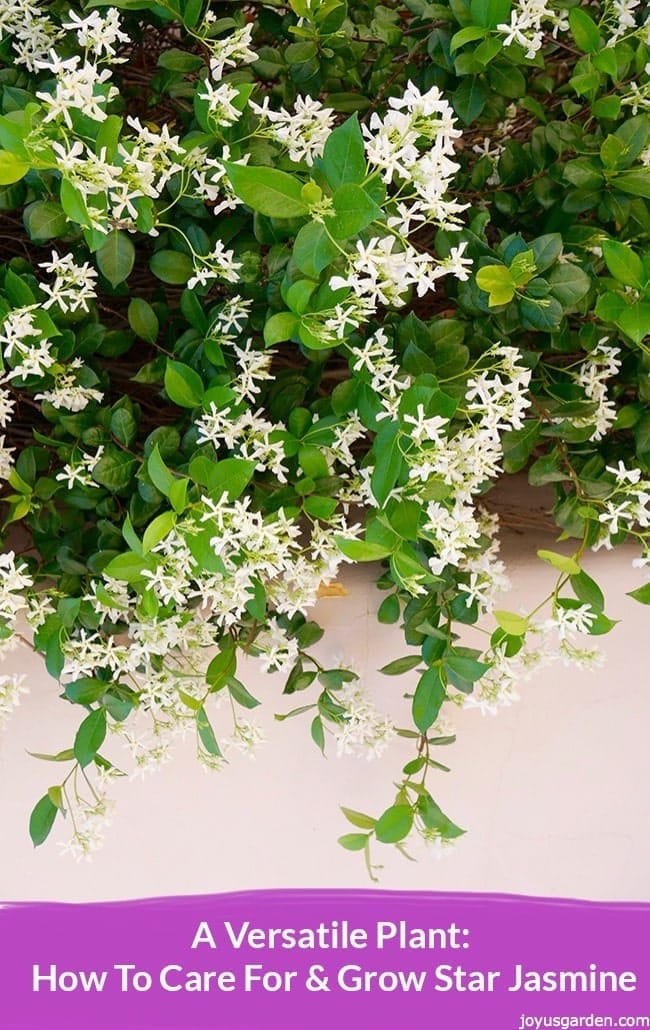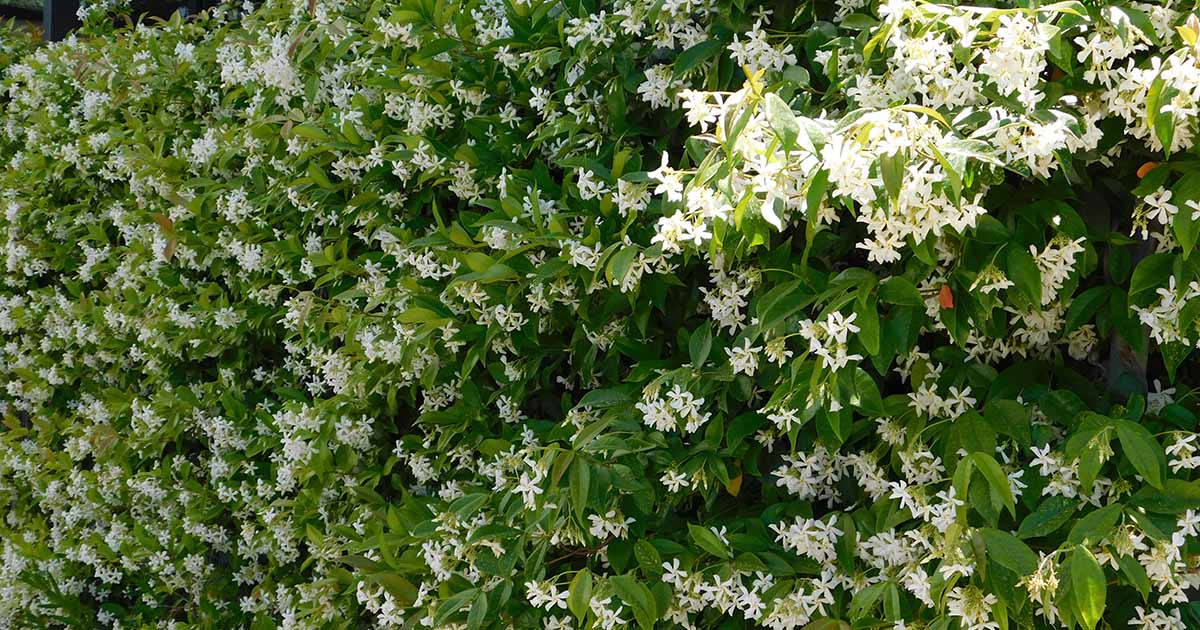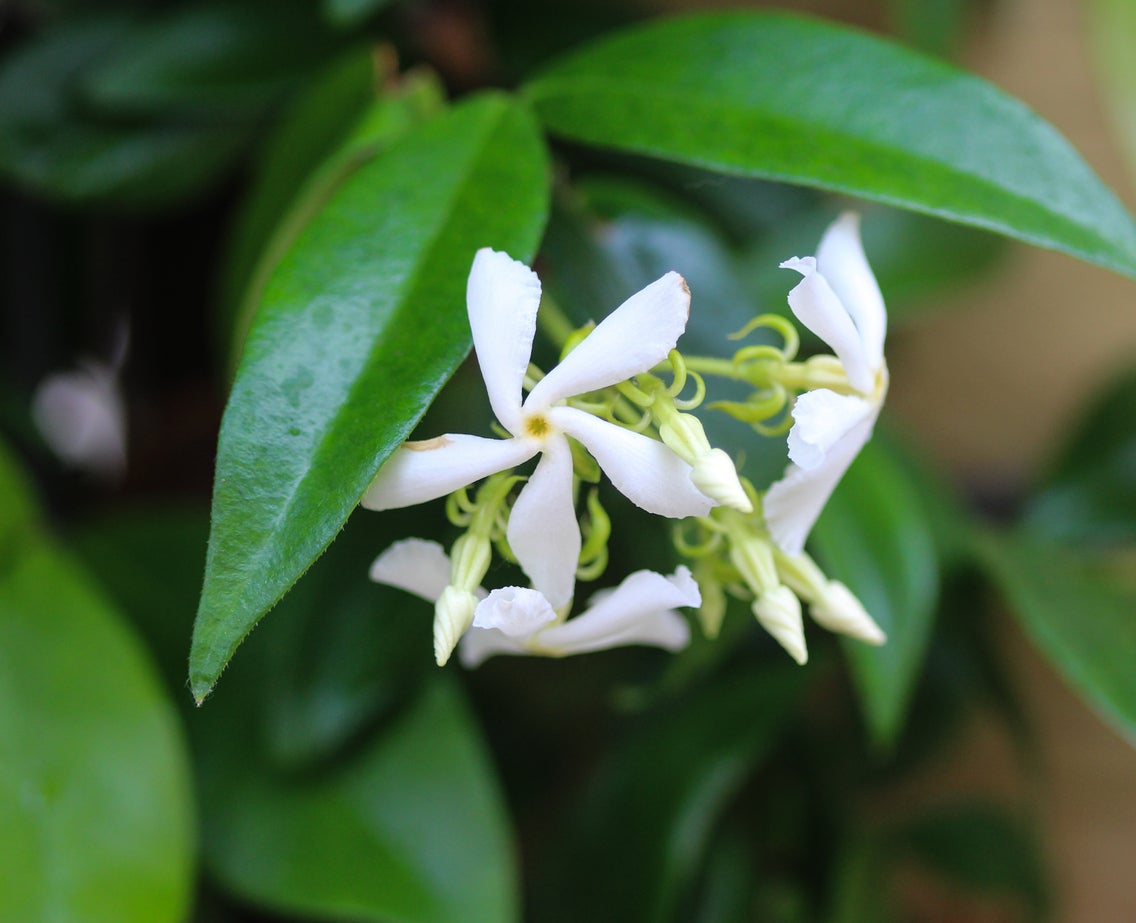Understanding the Unique Needs of Star Jasmine
Star jasmine, also known as Trachelospermum jasminoides, is a popular evergreen climber renowned for its fragrant, star-shaped flowers and versatility in gardening. Native to Asia, this plant has gained worldwide recognition for its beauty and relatively low-maintenance requirements. However, to truly thrive, star jasmine necessitates special care and attention, particularly when it comes to its unique needs.
One of the primary reasons star jasmine is a favorite among gardeners is its ability to flourish in a variety of environments. Nevertheless, to ensure optimal growth and blooming, it is essential to comprehend the plant’s specific requirements. By understanding the unique needs of star jasmine, gardeners can provide the necessary conditions for this plant to reach its full potential, whether it’s used as a groundcover, a climber, or a container plant.
When considering how to care for star jasmine, it’s crucial to recognize that this plant is not as demanding as some other flowering plants. Nevertheless, it still requires attention to its watering, fertilization, and pruning needs. By dedicating time to learning about the specific requirements of star jasmine, gardeners can enjoy the numerous benefits this plant has to offer, from its intoxicating fragrance to its stunning, star-shaped flowers.
In the following sections, we will delve into the specifics of star jasmine care, covering topics such as environment, watering, fertilization, pruning, and pest management. By the end of this comprehensive guide, readers will be equipped with the knowledge necessary to provide their star jasmine plants with the care they need to thrive.
Providing the Right Environment for Star Jasmine
When it comes to how to care for star jasmine, providing the right environment is crucial for the plant’s success. Star jasmine thrives in temperate climates with mild winters and warm summers. Ideally, the plant should be grown in USDA Hardiness Zones 8-10, where the temperature ranges from 65°F to 75°F (18°C to 24°C). However, with proper care and protection, star jasmine can also be grown in cooler or warmer climates.
In terms of soil, star jasmine prefers well-draining, fertile soil that is rich in organic matter. A slightly acidic to neutral soil pH, ranging from 6.0 to 7.0, is ideal for the plant. To replicate these conditions, gardeners can use a high-quality potting mix specifically designed for flowering plants. When planting in the ground, it’s essential to add organic matter such as compost or manure to improve soil fertility and drainage.
Light is another critical factor in star jasmine care. The plant prefers partial shade to full sun, depending on the climate. In warmer climates, it’s best to provide some shade, especially during the hottest part of the day, to prevent scorching. In cooler climates, full sun can help promote healthy growth and blooming. When growing star jasmine in containers, it’s essential to choose a location that receives the right amount of light.
By providing the right environment, gardeners can help their star jasmine plants thrive. This includes not only the right climate, soil, and light conditions but also proper watering, fertilization, and pruning. In the next section, we’ll discuss the importance of watering and humidity in star jasmine care.
Watering and Humidity: Finding the Perfect Balance
Proper watering and humidity levels are crucial when it comes to how to care for star jasmine. This plant prefers moist soil, but it’s essential to avoid overwatering, which can lead to root rot and other problems. On the other hand, underwatering can cause the leaves to turn yellow and drop, reducing the plant’s overall health and appearance.
To find the perfect balance, gardeners should water their star jasmine plants when the top inch of soil feels dry to the touch. It’s also essential to check the soil moisture by inserting a finger into the soil up to the first knuckle. If the soil feels dry, it’s time to water. If it’s already moist, wait another day or two before checking again.
In addition to proper watering, maintaining optimal humidity levels is also vital for star jasmine care. This plant thrives in humid environments, typically between 50% to 70% relative humidity. To achieve this, gardeners can place the plant on a tray filled with water and pebbles or use a humidifier nearby. Misting the plant regularly can also help maintain the desired humidity levels.
It’s also important to note that star jasmine plants in containers may require more frequent watering than those planted in the ground. This is because containers can dry out faster, especially in warm and sunny locations. By monitoring the soil moisture and adjusting the watering schedule accordingly, gardeners can ensure their star jasmine plants receive the right amount of water and humidity.
By finding the perfect balance between watering and humidity, gardeners can promote healthy growth and blooming in their star jasmine plants. In the next section, we’ll discuss the role of fertilization and pruning in encouraging healthy growth and blooming.
Fertilization and Pruning: Encouraging Healthy Growth
Fertilization and pruning are essential components of how to care for star jasmine. These practices promote healthy growth, encourage blooming, and maintain the plant’s overall appearance. When it comes to fertilization, star jasmine benefits from a balanced, water-soluble fertilizer applied during the growing season (spring and summer).
A fertilizer with a ratio of 20-20-20 (nitrogen-phosphorus-potassium) is suitable for star jasmine. However, it’s essential to dilute the fertilizer to half the recommended strength to avoid burning the roots. Additionally, gardeners can use a fertilizer specifically formulated for flowering plants, which will provide the necessary nutrients for blooming.
Pruning is another critical aspect of star jasmine care. Regular pruning encourages new growth, promotes blooming, and maintains the plant’s shape. The best time to prune star jasmine is immediately after blooming, as this will help control the plant’s size and encourage new growth. When pruning, remove any dead, diseased, or damaged stems, and cut back the plant to maintain its desired shape.
It’s also essential to prune star jasmine regularly to encourage blooming. By removing spent flowers and promoting new growth, gardeners can encourage the plant to produce more blooms. Additionally, pruning can help control the plant’s size, making it ideal for containers or small gardens.
By incorporating fertilization and pruning into their star jasmine care routine, gardeners can promote healthy growth, encourage blooming, and maintain the plant’s overall appearance. In the next section, we’ll discuss common pests and diseases that can affect star jasmine and provide guidance on how to prevent and treat these issues.
Pest and Disease Management: Common Issues and Solutions
When it comes to how to care for star jasmine, pest and disease management is a crucial aspect to consider. Like any other plant, star jasmine is susceptible to various pests and diseases that can harm its health and appearance. In this section, we’ll discuss some common issues that can affect star jasmine and provide guidance on how to prevent and treat them.
One of the most common pests that can affect star jasmine is the mealybug. These small, white insects feed on the plant’s sap, causing damage to the leaves and stems. To prevent mealybugs, gardeners can use neem oil or insecticidal soap to repel them. If the infestation is severe, chemical pesticides can be used, but it’s essential to follow the manufacturer’s instructions carefully.
Root rot is another common issue that can affect star jasmine. This disease is caused by overwatering, which can lead to the roots rotting and the plant dying. To prevent root rot, gardeners should ensure that the soil drains well and avoid overwatering. If the plant is already affected, it’s essential to remove the affected roots and treat the plant with a fungicide.
Other common pests and diseases that can affect star jasmine include spider mites, scale, and leaf spot. To prevent these issues, gardeners can use a combination of good gardening practices, such as providing good air circulation, watering carefully, and fertilizing regularly.
By being aware of the common pests and diseases that can affect star jasmine, gardeners can take steps to prevent them and ensure their plant remains healthy and thriving. In the next section, we’ll discuss the importance of training and supporting star jasmine to maximize its growth and blooming potential.
Training and Supporting: Maximizing the Plant’s Potential
When it comes to how to care for star jasmine, training and supporting the plant is crucial to maximize its growth and blooming potential. Star jasmine is a climbing plant that can grow quite vigorously, and providing the right support can help it reach its full potential.
One of the most effective ways to train star jasmine is to use a trellis or arbor. These structures provide a framework for the plant to climb, allowing it to grow upwards and outwards. When choosing a trellis or arbor, consider the mature size of the plant and select a structure that is sturdy enough to support its weight.
In addition to trellises and arbors, other supports such as stakes, cages, and obelisks can be used to train star jasmine. These supports can be especially useful for younger plants or for plants that are not yet established.
When training star jasmine, it’s essential to gently twine the stems around the support, working from the base of the plant upwards. This will help the plant grow in a natural, curved shape and prevent it from becoming leggy or sparse.
By providing the right support and training, gardeners can help their star jasmine plants reach their full potential and enjoy a profusion of fragrant, star-shaped flowers. In the next section, we’ll discuss the different methods of propagating and dividing star jasmine, including stem cuttings, layering, and division.
Propagation and Division: Sharing the Beauty of Star Jasmine
When it comes to how to care for star jasmine, propagation and division are essential techniques to share the beauty of this plant with others. Star jasmine can be propagated through stem cuttings, layering, and division, making it easy to share with friends and family or to create new plants for your own garden.
Stem cuttings are a popular method of propagating star jasmine. To take a stem cutting, choose a healthy stem with at least two nodes and cut it from the plant using a sharp, clean knife or pruning tool. Remove lower leaves and dip the cut end in rooting hormone powder or liquid. Plant the cutting in a pot filled with a well-draining mix and keep it moist until roots develop.
Layering is another effective method of propagating star jasmine. To layer a star jasmine plant, bend a long stem down to the ground and secure it with a rock or a U-shaped wire. Cover the buried portion of the stem with soil and keep it moist. Roots should develop within a few weeks, after which the new plant can be cut from the parent plant.
Division is a simple method of propagating star jasmine, especially for mature plants. To divide a star jasmine plant, carefully dig up the entire plant and separate the roots into sections, making sure each section has at least one growing stem. Replant the sections in a new location, water well, and keep the soil moist until the new plants are established.
By propagating and dividing star jasmine, gardeners can share the beauty of this plant with others and create new plants for their own garden. In the next section, we’ll discuss common mistakes to avoid when caring for star jasmine and offer troubleshooting tips and advice on how to correct common issues.
Common Mistakes to Avoid: Troubleshooting Star Jasmine Care
When it comes to how to care for star jasmine, there are several common mistakes to avoid in order to ensure the plant thrives. One of the most common mistakes is overpruning, which can cause the plant to become stressed and reduce its blooming potential. To avoid overpruning, prune the plant only when necessary, and make clean cuts just above a node.
Underwatering is another common mistake that can cause star jasmine to suffer. To avoid underwatering, check the soil moisture regularly and water the plant when the top inch of soil feels dry to the touch. It’s also essential to avoid getting water on the leaves or crown of the plant, as this can cause rot and other problems.
Overfertilization is another mistake to avoid when caring for star jasmine. To avoid overfertilization, use a balanced fertilizer and follow the instructions on the label. It’s also essential to fertilize the plant at the right time, as fertilizing too frequently can cause more harm than good.
By avoiding these common mistakes, gardeners can ensure their star jasmine plants thrive and provide beautiful blooms for years to come. Remember to always monitor the plant’s condition and adjust its care accordingly. With proper care and attention, star jasmine can be a stunning addition to any garden or indoor space.


:max_bytes(150000):strip_icc()/star-jasmine-growing-profile-3269239-02-a904688886e14701b7c6bf8bed568a0d.jpg)





